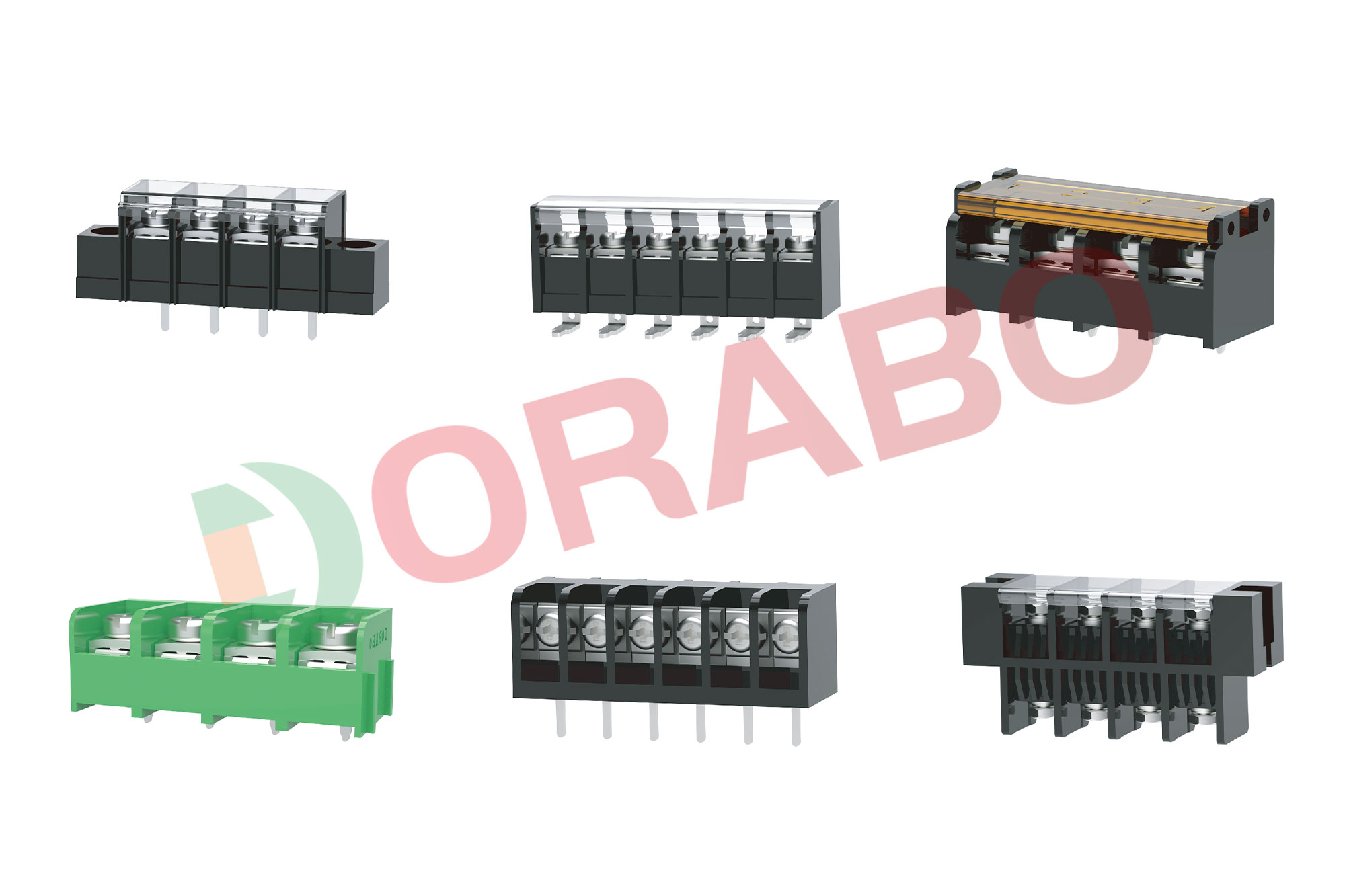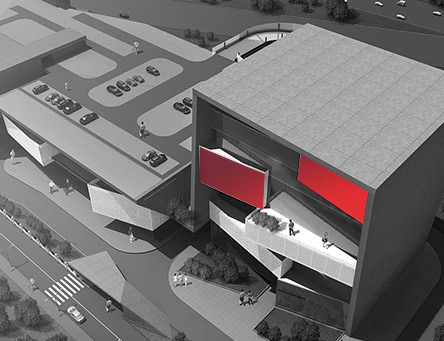Terminal blocks are classified based on characteristics such as structure, device type, and termination options. Let’s explore some of the classifications and characteristics of terminal blocks typically encountered in the industry today.
There are a variety of methods used to connect the wires inside the Electrical Terminal Blocks. Let’s have a look at some of the more popular ones.
1) Screw-in terminal block
Probably the most commonly used method for connection is the Screw-in terminal block. Screw-in terminal blocks are those that use screws as the method for holding the wires.
Be careful! Over-tightening the screws can damage the wires and result in poor or potentially dangerous connections.
Screw-In Terminal Block
2) Barrier terminal block / Europe connectors
The Barrier terminal block is very similar to a Screw-in terminal block as they use screws to clamp the wires. Depending on the application and environment, the Barrier terminal strip may have a small lid to protect the wiring.
Barrier Terminal Block
Like the Screw-in terminal block, it’s important to strip the wire to the correct length or the screw clamp might not make contact with the wire itself.
3) Spring-cage terminal block / Spring-loaded connection
Another common method for wire connection is the Spring-Loaded terminal block.
A connection is made by simply inserting the wires. Most of these terminal blocks require the wire to be attached to a ferrule before it is inserted.
The ferrule or wire is attached and released by inserting a spring release device. Some vendors have a unique spring release device while others require a small screwdriver.
Spring-Loaded Terminal Block
4) Push-in / Push-fit terminal block
The Push-fit or Push-in terminal block is becoming very popular. Much like the Spring-Loaded terminal block, the “Push-fit” often requires the wire to be covered by a ferrule.
Several vendors make Push-fit terminal blocks.
A connection is made by simply inserting the wires.
The big difference between the Spring-loaded and the Push-fit terminal block is the method of wire release. Push-fit terminal blocks have the release device mounted right next to the wire insertion point.
Push-in Terminal Block
5) IDC terminal block
Another terminal block that was first used in the Telco industry is the Insulation Displacement Connector or IDC.
The wire insulation does not need to be removed before insertion. Two sharp blades inside the terminal block will slice through the insulation and make contact with the wire.
When first introduced, this type of terminal block was more suitable for solid wire than stranded although there are vendors now making IDC’s for both.
IDC-Terminal Block
6) Pluggable terminal block
As the name suggests, a Pluggable terminal block has a plug outlet to allow connection to a socket.
The wire is inserted and clamped with a screw. Connection to the wire is made via a plug and socket configuration. This terminal block is used in situations where a quick disconnect is required.
Pluggable Terminal Block
7) Tab Connector terminal block
On Tab Connector terminal blocks a wire attached to a connector is pushed onto a tab. The wire can be crimp-connected or soldered depending upon the type of connector.
Tab Connector terminal blocks are also available where one side of the terminal block is a tab connection and the other side of the terminal block is a screw clamp connection.





















 Contact us
Contact us Language
Language


